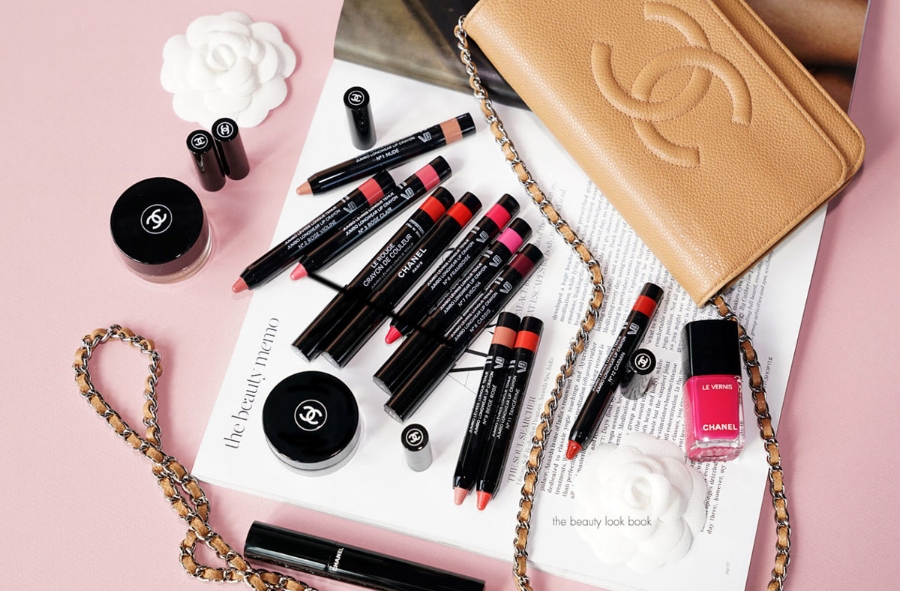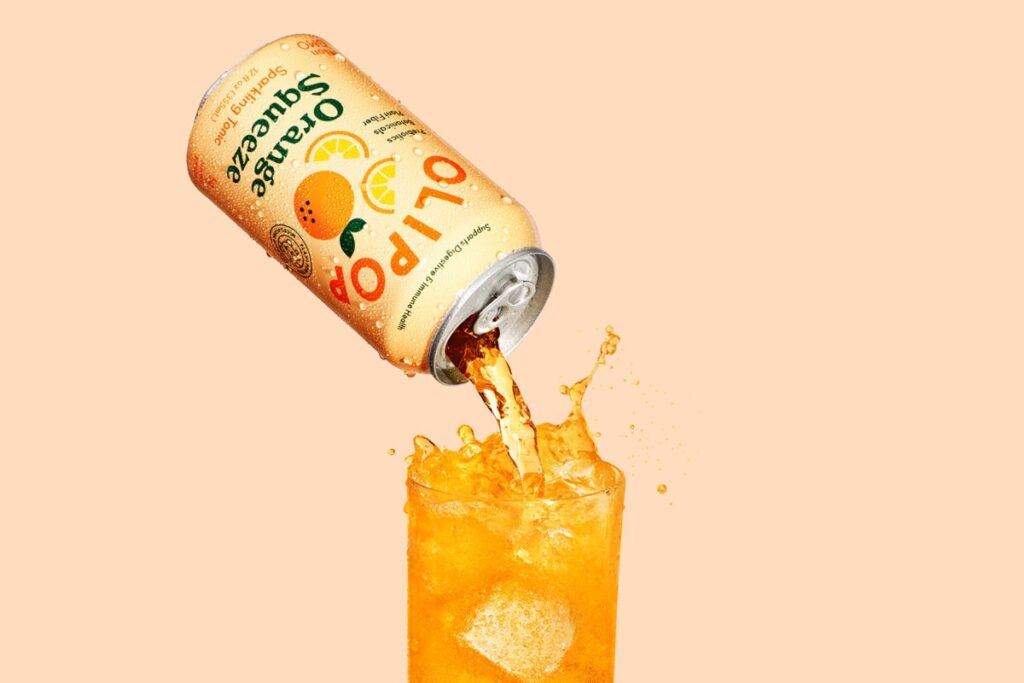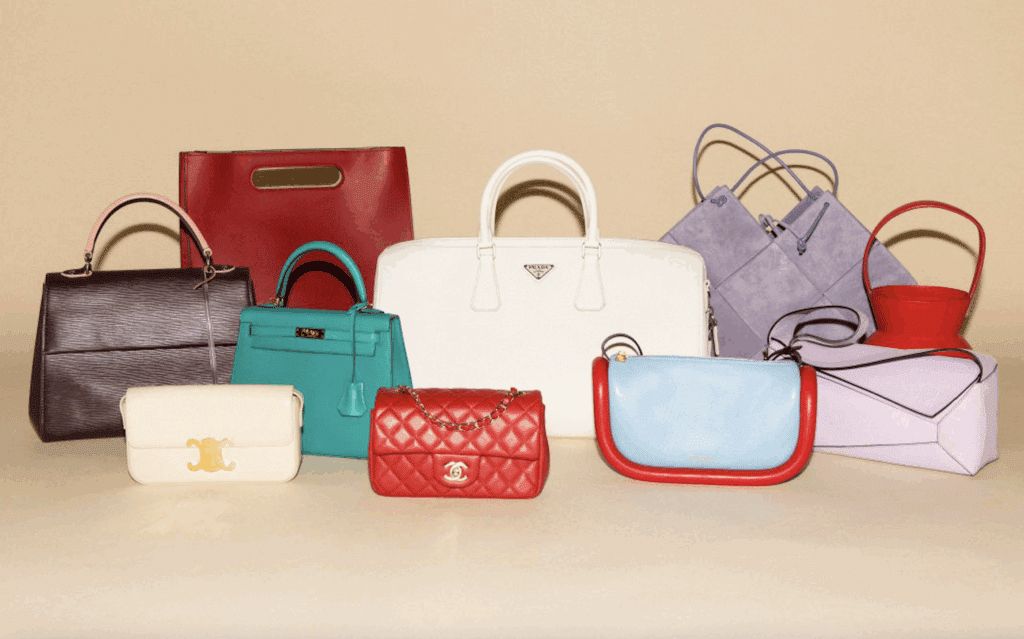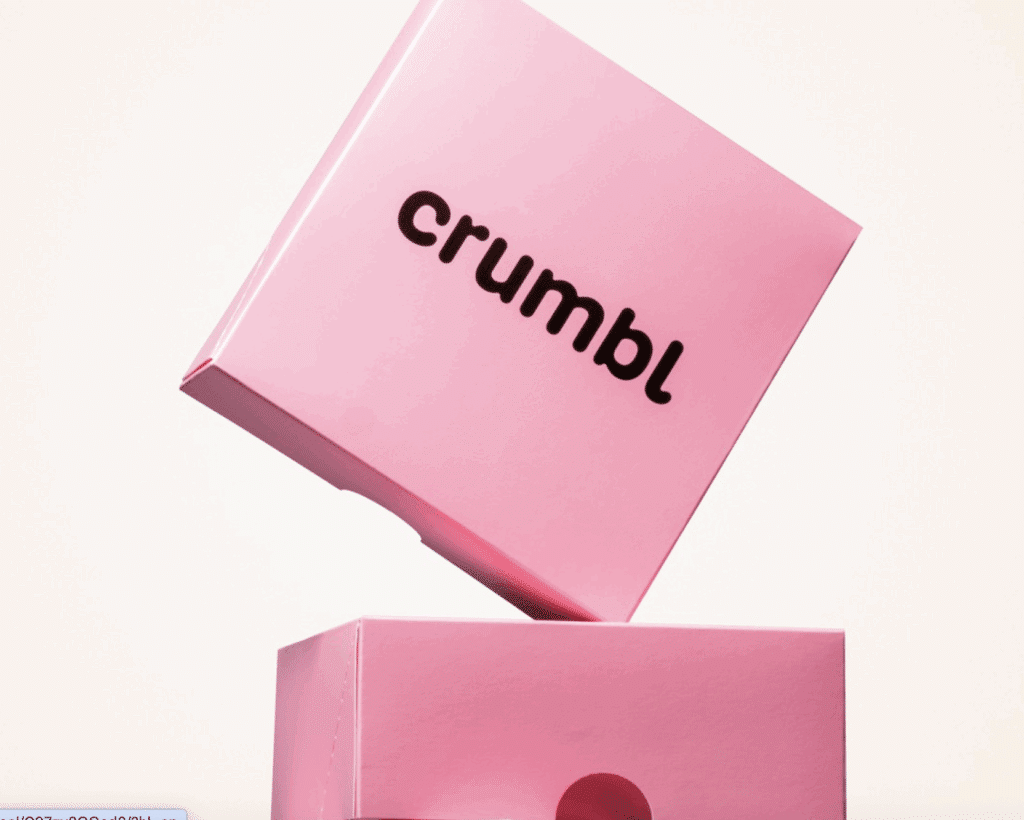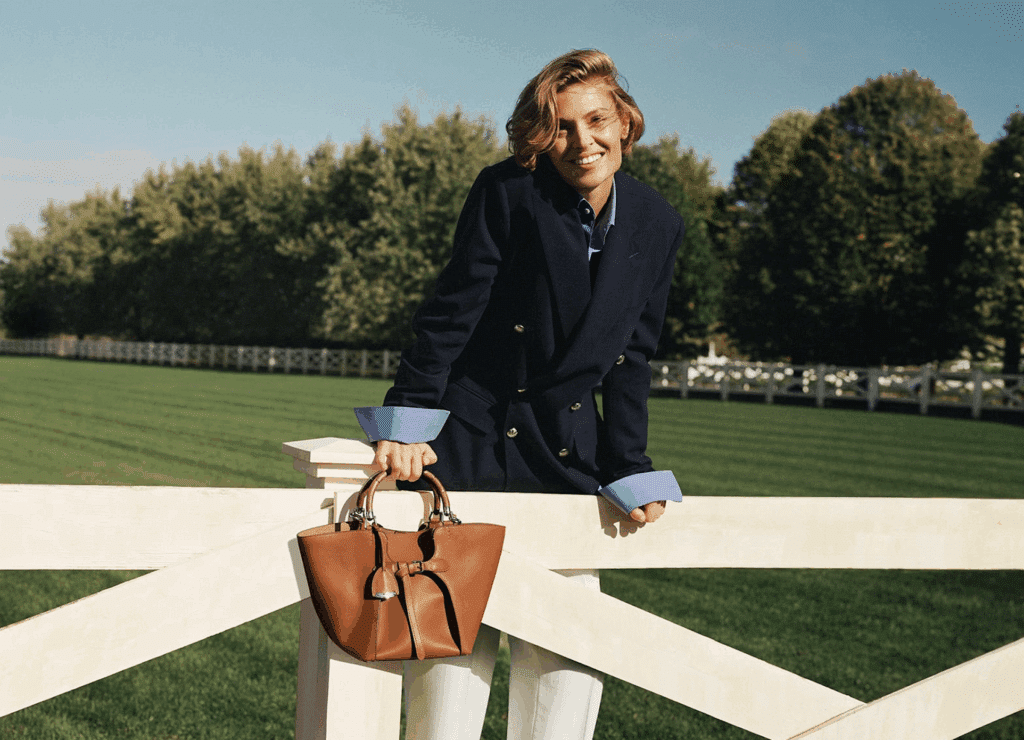A “racketeering business.” An industry dependent on a massive but quiet pay-for-play scheme. Saturation, social climbers, and legal foul play abound. Individuals fear being blacklisted if they publish negative – but honest – product reviews, and at least some of the most heavily-followed figures are bringing in millions of dollars per year in connection with ambassadorships and sponsored Instagram and YouTube posts. This is all part of the reality of the beauty influence industry, according to a growing number of insiders who are speaking out.
The (big) business of attracting consumers and introducing new beauty products to the market was, for decades, almost entirely dependent on print media, and then social media happened. While traditional ad campaigns still exist in order to entice consumers to purchase beauty products (L’Oreal, for instance, spent $683.7 on print advertising last year), the rate at which digital advertising is growing is extraordinary, and influencer marketing is playing a significant role in heralding that shift.
“Led by millennials, social media has really fueled the internet’s influence on makeup purchasing,” NPG Group reported in 2016. The New York-based consultancy found that a whopping 92 percent of all makeup users – and growing – are getting information on beauty products from influencers’ YouTube videos. With such numbers – and the relatively low cost, compared to traditional advertising, that comes with the creation of influencer content – in mind, companies are banking heavily on influencers and “the amount of content being created is increasing exponentially.”
Such a demand for this type of marketing, which has been viewed by young consumers as a more authentic alternative to traditional advertising, has come a marked influx of young men and women seeking to cash in on the $1 billion-and-growing industry of influencer marketing, where some of the highly-followed figures are charging upwards of $60,000 for a single video and more than $20,000 per Instagram post.
According to industry reports, the rates go even higher than that depending on the size of an individual’s following and the terms of the parties’ deal. Huda Kattan, for instance, was offered nearly $200,000 this spring in exchange for a single sponsored Instagram post. The Dubai-based beauty guru has 27 million followers on the Facebook-owned app.
But such unprecedented growth is not coming without drawbacks, including some of the same biases that prompted young people to favor influencer marketing in the first place.
“It’s a very competitive time,” influencer and beauty brand owner Marlena Stell said in a highly-watched YouTube video late last month. “There are thousands of beauty influencers who want to make names for themselves.”
Stell, who is one of the beauty industry’s early digital influencers and the owner of Los Angeles-based Makeup Geek, says that the industry is currently in the midst of more evolution, prompted – at least in part – by the influx of “social climbing influencers,” who are demanding “massive amounts of money” in exchange for any coverage on social media or YouTube.
“People only talk about the products of [the companies] that pay them the most … At what point does it become a racketeering business?,” Stell asks, referring to what she perceives as widespread deception and inauthenticity coming hand-in-hand with some of this new wave of influencers.
More than merely having the products that many influencers feature being dictated by the companies with the deepest pockets, the contents of their actual endorsements are being affected, as well. Many influencers “are scared,” says influencer Samantha Ravndahl. “They fear that if they say something negative, a brand will not want to work with them again, which effects their bottom line.”
The prevalence of compromised endorsements paired with revelations of influencer fraud, as documented by the New York Times early this year, has spawned a larger discussion in beauty and beyond, one in which consumers are expressing distrust of some influencers and advertisers questioning the efficacy of influencer marketing as a whole. “CEOs of multi-billion companies are saying, ‘We are not seeing the returns,’” Stell says.
The result is a whole bunch of paid-for positive reviews, but there is more to the market than that. Also available for a price, according to Stell and Emmy Award winning makeup artist Kevin James Bennett? Negative reviews.
In an Instagram post following from Stell’s video, Bennett called out the “mobster-like behavior of top-level beauty influencers and their management.” Specifically, he cited an interesting rate that he was given from the management company for “a top-level beauty influencer.” For “$75K to $85K,” the influencer would provide “a dedicated negative review of a competitor’s product (price determined by length of video).”
Bennett says that this is just one example of “what’s actually going on in this industry.”
James Charles, for one, has called foul. The 19-year old mega-beauty influencer, who boasts a whopping 8 million subscribers on YouTube – or “sisters” as he calls them – says that he has “never heard of that happening.” He also chimed in on one of the most talked-about issues in terms of influencer marketing: the disclosure of sponsored posts.
The Federal Trade Commission requires that all endorsements that result from a “material connection” between a brand and an influencer, including compensation or an affiliation that consumers would not expect, must be “clearly and conspicuously” disclosed, hence the “ad” or “partnership” hashtags that can be found on some influencers’ social media posts. The same goes for gifted products that influencers feature in their posts. Gifting is a common practice in fashion, but it is even more prevalent in the beauty industry.
“Most of us DO disclose sponsorships,” Charles says.
Ravndahl, on the other hand, says that the lack of disclosure is a “huge issue” in the beauty industry. Speaking to Vanity Fair this summer, the 25-year old Canadian makeup artist and influencer, said, “I think a lot of people are under the impression that if they aren’t seeing disclosed ads that means that that person must not being doing ads. I can say to you guys with a very high level of confidence, if you’re following someone that has hundreds of thousands or over millions of followers, they are almost absolutely doing ads, whether or not they are disclosed.”
The result, Ravndahl says, is that “a lot of the people who are actually posting the most sponsored content are being perceived as though that are not sell-outs and that they are genuine, but really it is that they are not disclosing.”
Not withstanding these less-than-attractive revelations about the beauty industry, Ravndahl says they are not representative of the entire group. There is “a whole community beyond that, [one that is] flourishing with integrity and passion,” she says.
A large number of the industry’s participants seem to be able to agree on this point.
Marianna Hewitt, the super influencer-slash-Summer Fridays brand owner (Hewitt and partner Lauren Gores are behind the smash-hit Jet Lag mask) says that she “genuinely loves to create content” and is proud of her ability to “influence my readers around the world in a positive way.”
Huda Kattan has repeatedly said that “it’s not only about making money” for her. “I really want to make sure that the beauty industry is challenged, that we are giving people better product, and making people feel beautiful.”
This spring, Jefree Star – another one of the biggest names in the beauty influence ecosystem –tweeted that he is “so grateful to wake up every day with the same passion burning inside me for this industry.” But at the same time, he is “ready [to have more] real artists and personalities without attitudes and pretentious bullshit” in the beauty influencer sphere.
That seems to be the enduring theme behind all of the ugly truths.







